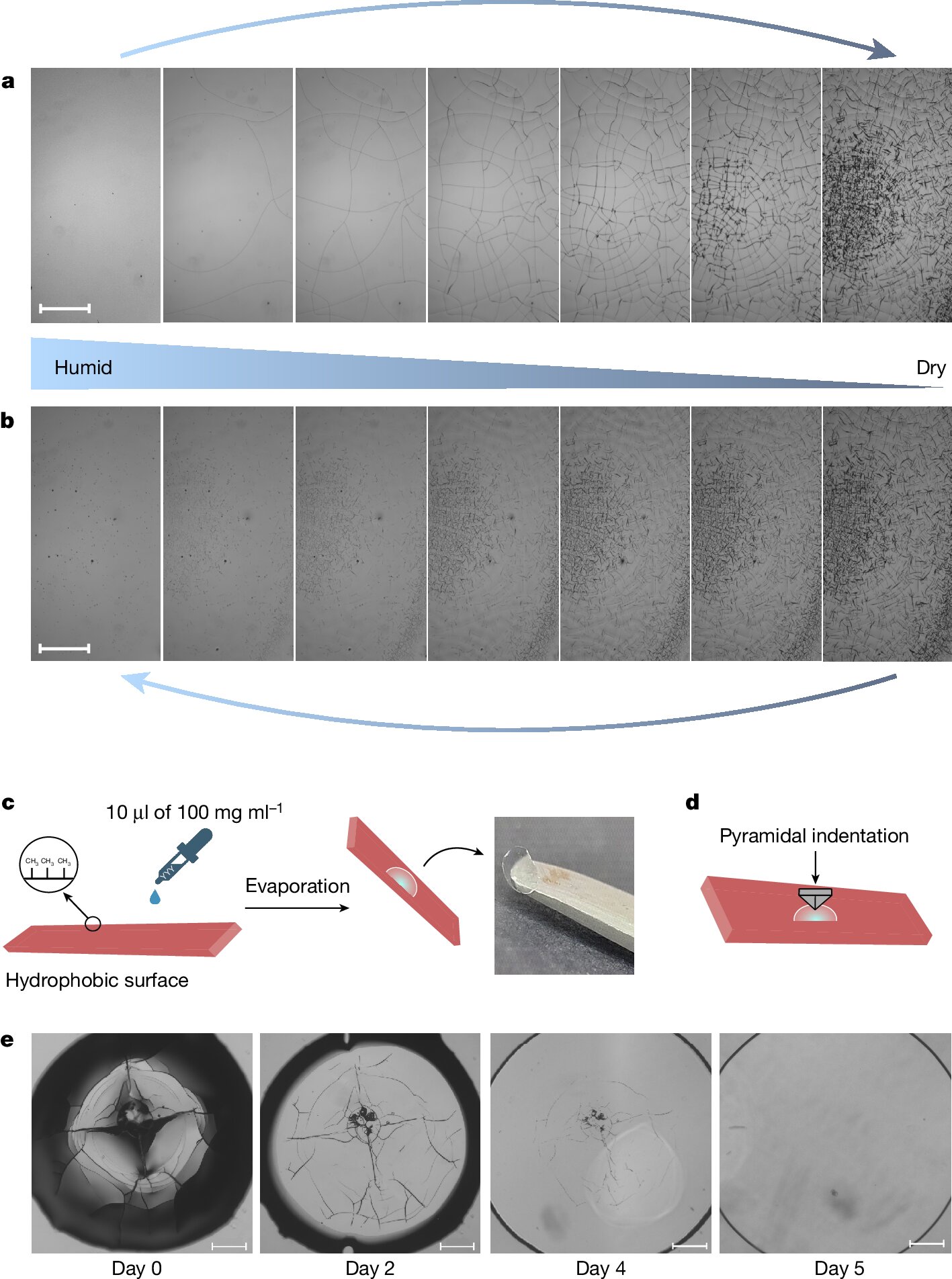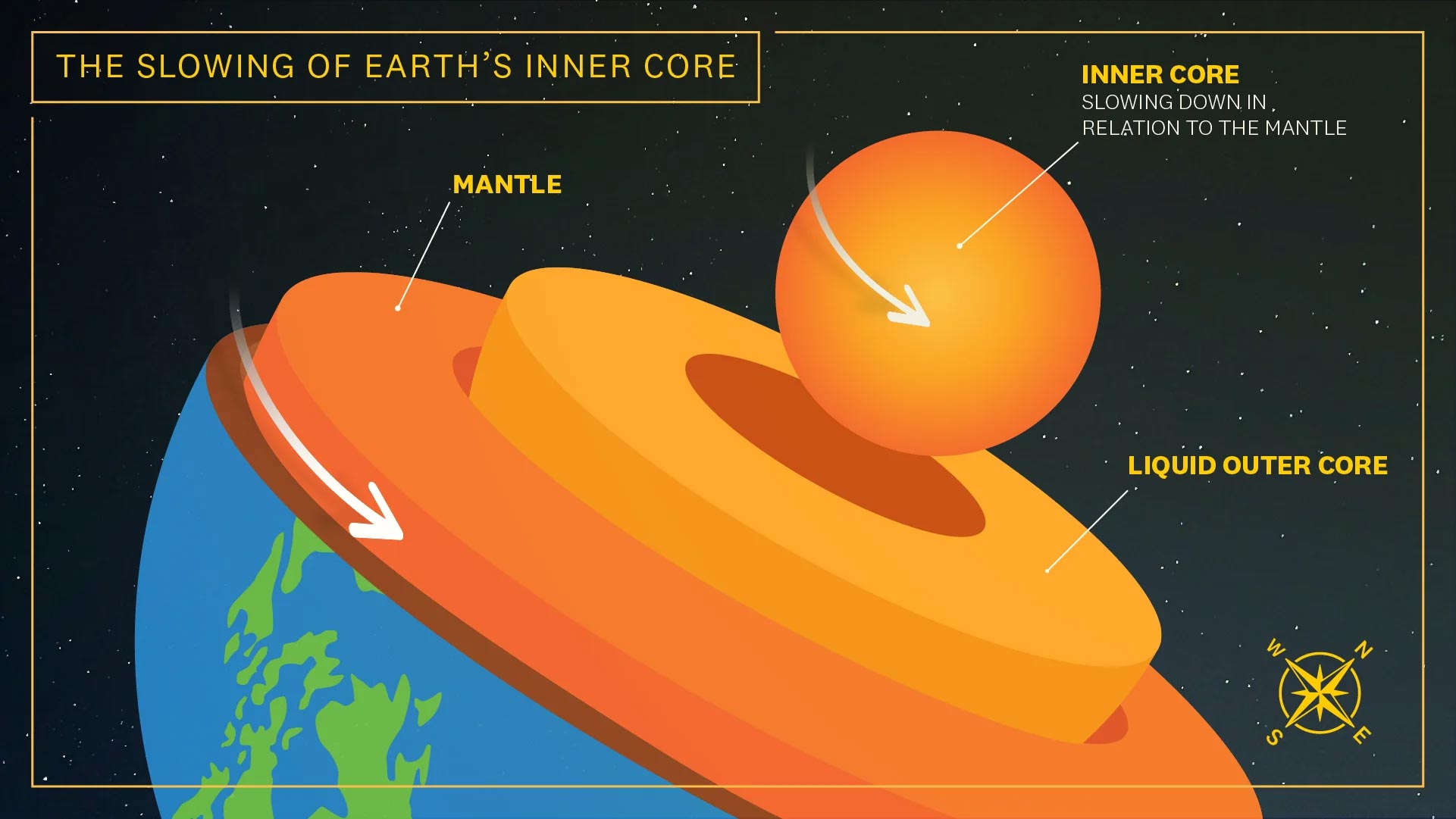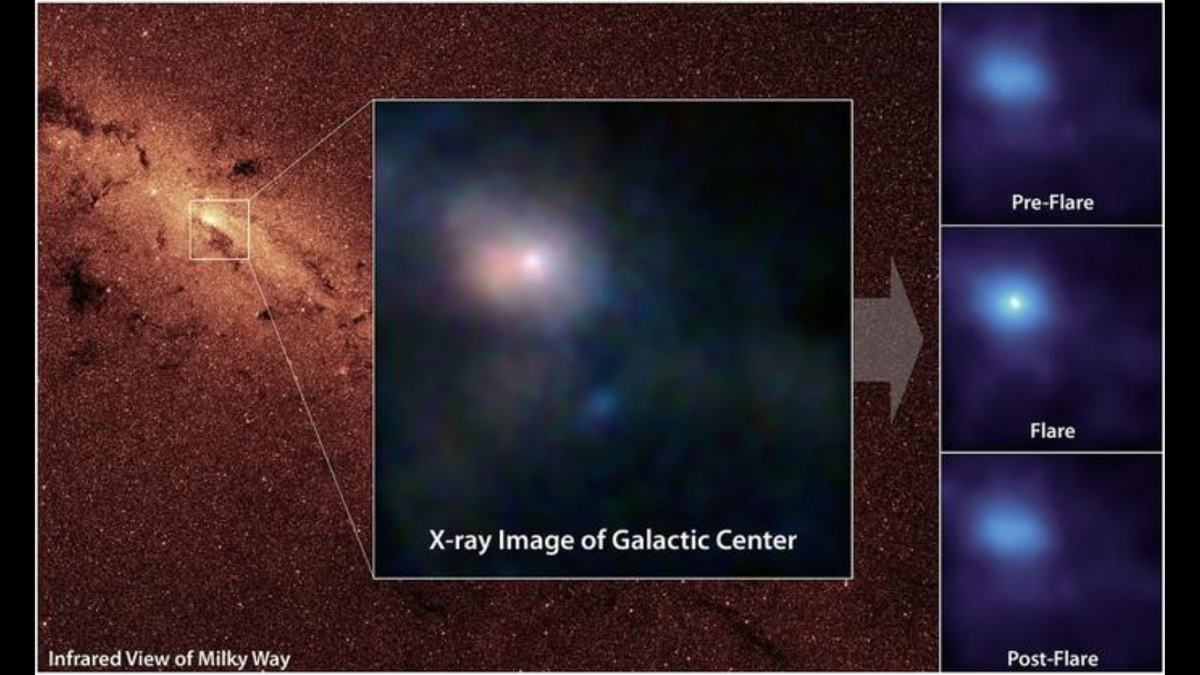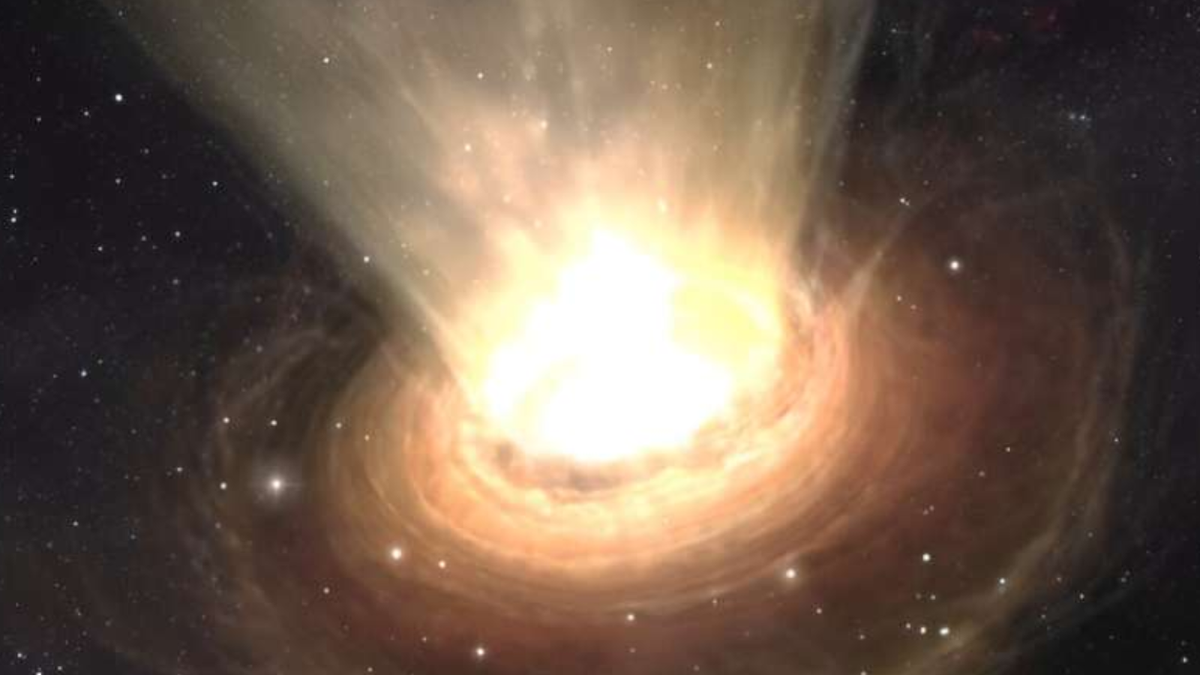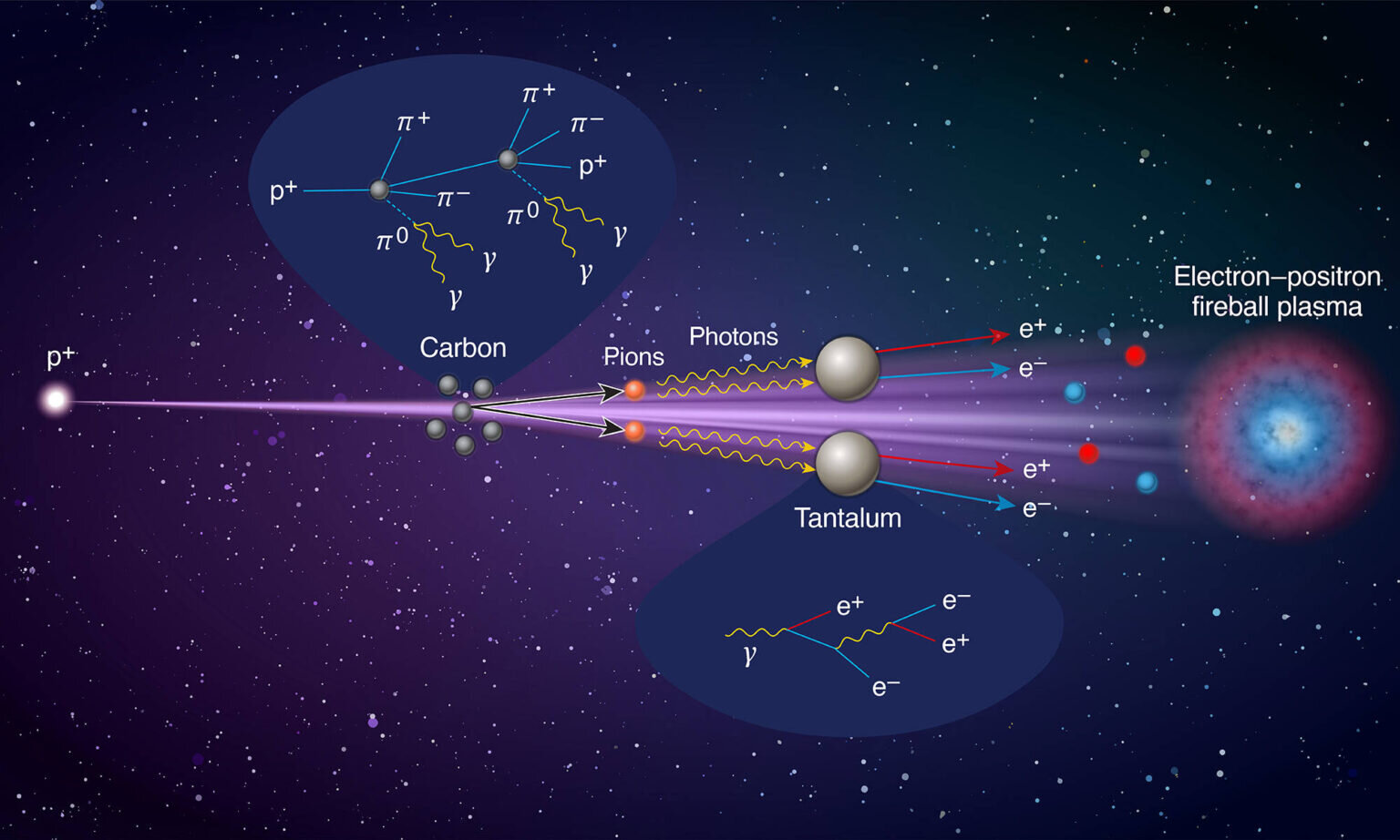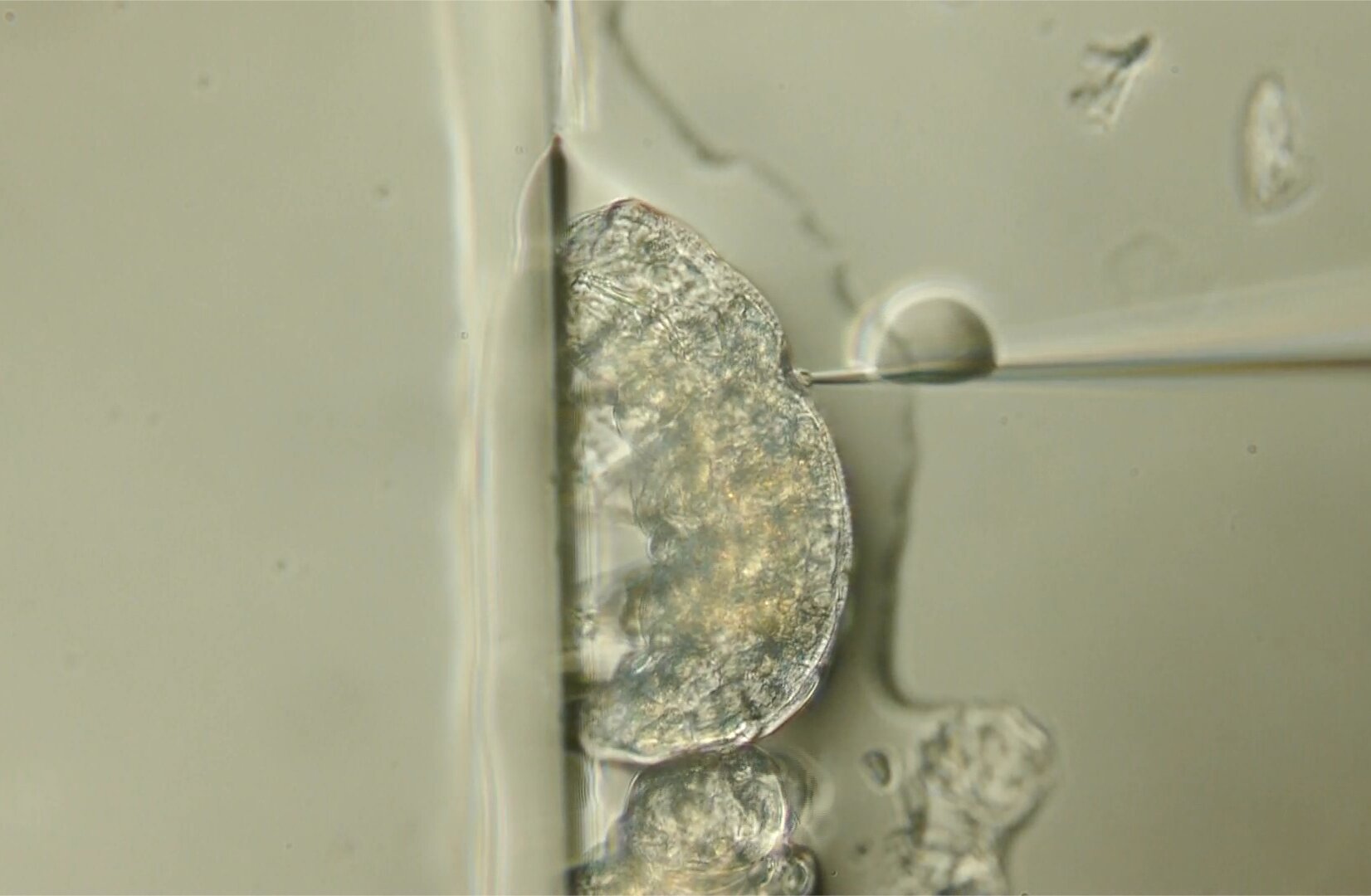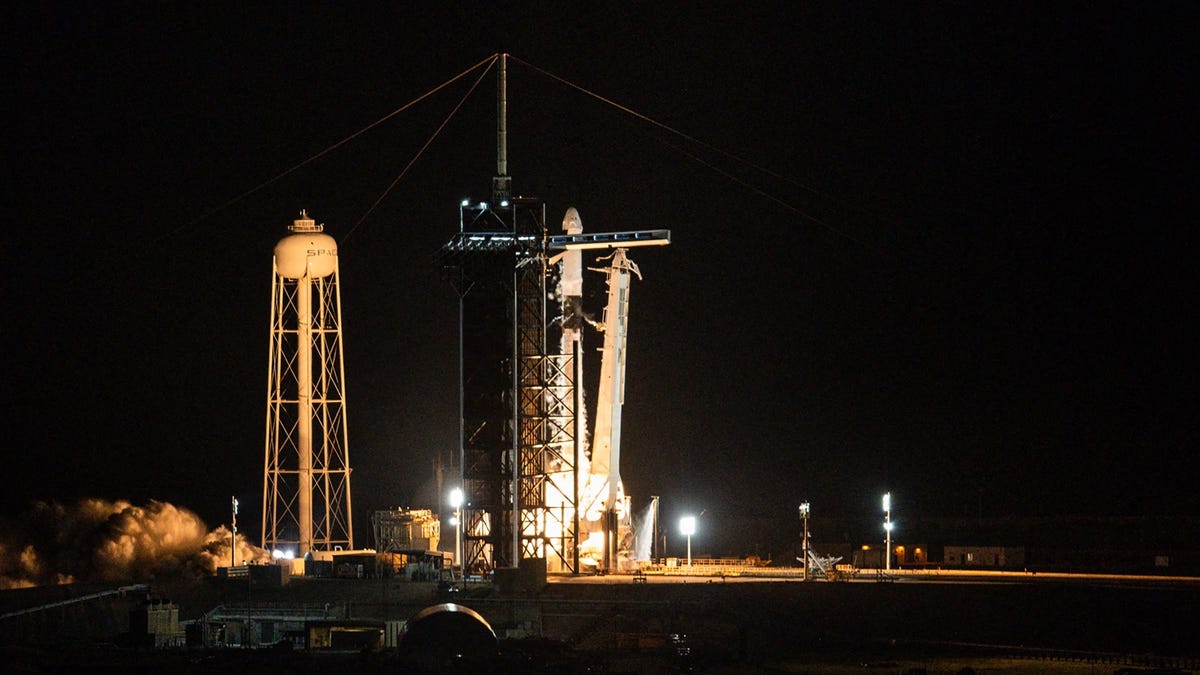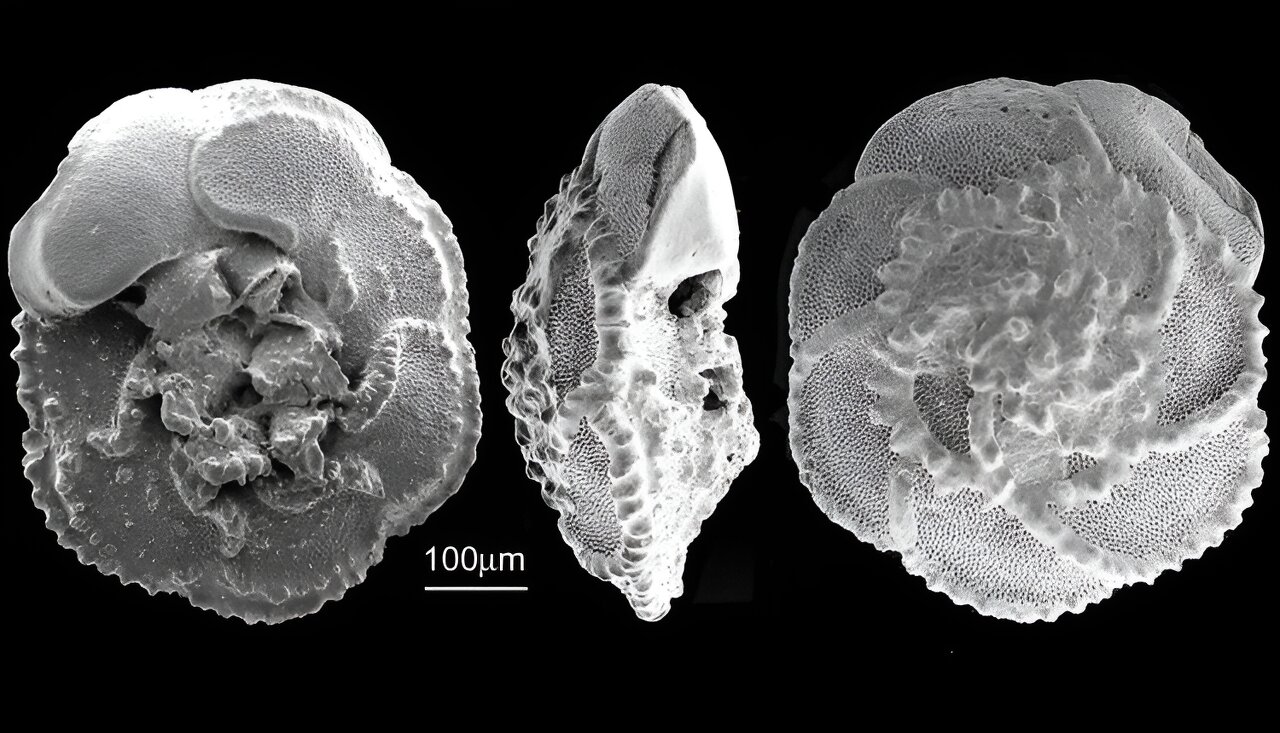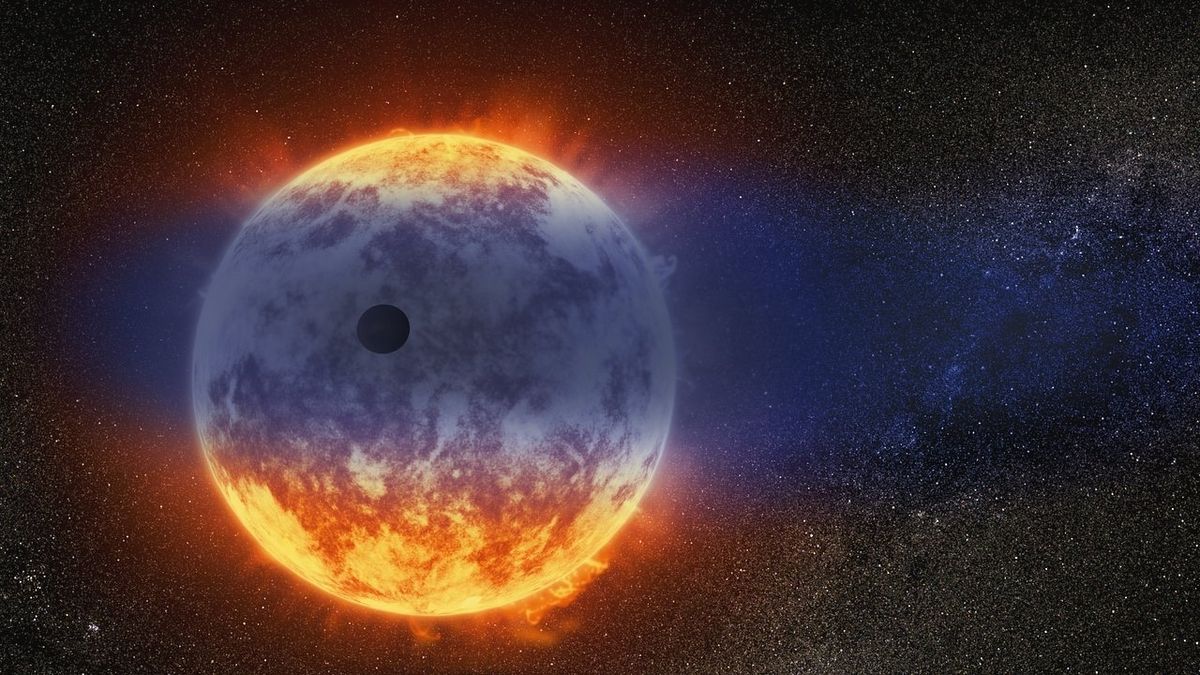Researchers accidentally discover that mixing water with a peptide results in self-assembled, self-healing glass
Cracking and self-healing of peptide glass. Credit: Nature (2024). DOI: 10.1038/s41586-024-07408-x A team of materials scientists from Tel Aviv University and Ben-Gurion University of the Negev, both in Israel, working with a colleague from the California Institute of Technology in the US, have discovered that mixing a certain peptide with water results in creating a … Read more
